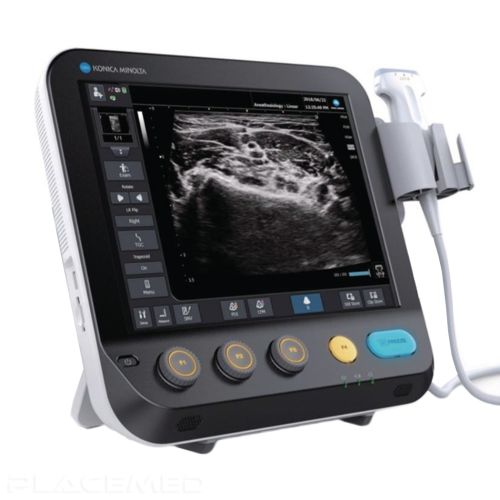
Four of the six theoretical resources identified by Sheller and Urry (2006) within the new mobilities paradigm, hold resonance to this paper’s methodological remit. Initially described as a “new mobilities paradigm” ( Sheller & Urry, 2006), mobility studies were framed as an energetic, interdisciplinary project to attend to various types, scales, and processes of (im)mobility, most prominently articulated by scholars working in the fields of geography, sociology, and media and communication studies. This example, reflecting a desire to control mobility in urban public space as well as in the realm of mobile and online communication, gives us cause to turn to the primary focus of the current special issue. Shot from the control tower, the video provides a wide view of grounded planes, empty roads, and cleared skies, with the silenced soundtrack eventually broken by the performance of the national anthem, signaling the end of the 2 minutes. In 2015, the air traffic control at Amsterdam’s Schiphol Airport released a video showing how the entire complex was brought to a standstill, in time for the bugle call that marks the start of the 2 minutes of silence at 8:00 p.m. The 2 minutes of silence during the annual Remembrance Day ( Dodenherdenking), on May 4, are part of a larger, contested history ( Raaijmakers, 2014), and remain widely observed, resulting in a temporary halt to street traffic, public transport, and air travel. In a country with almost complete household Internet access, and among Europe’s highest mobile phone Internet access when on the move ( Eurostat, 2017a, 2017b), it is no easy feat to create a situation in which the population in the Netherlands stops, switches off, and takes pause. Together, this aural and visual representation of the May 4 events enabled the identification of spatial markers and the temporal unfolding of the Silent March and the national 2 minutes’ silence in Amsterdam’s Dam Square.

Using Sonic Visualiser, we uncovered alternative methods of “reading” landscape by identifying different sound signatures in the acoustic environment. Our visual data aided in our evaluation of the construction of collective spectacle, while the audio data necessitated that we venture into new analytic territory. We discuss how the mixed method enabled a multilevel analysis across visual, textual, and aural layers of the commemorative atmosphere.

On May 4, 2016, the sounds of a Silent March-through the streets of Amsterdam to Dam Square-were recorded and complemented by video grabs of the march’s participants and onlookers. It investigates the incorporation of audio and sound recording devices, observation, and note-taking into a mobile (auto)ethnographic research methodology, to research a large-scale commemorative event in Amsterdam, the Netherlands.

This paper details the contribution of mobile devices to capturing commemoration in action.


 0 kommentar(er)
0 kommentar(er)
